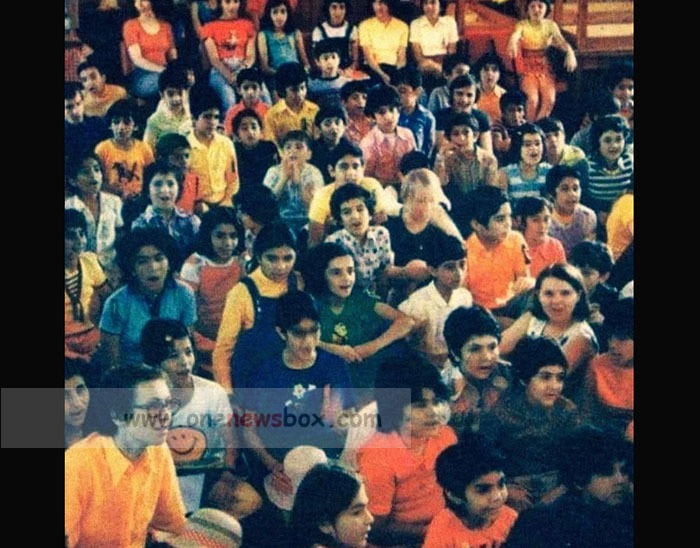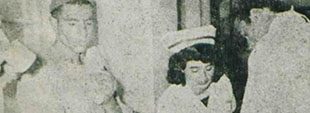Social Changes
The period also witnessed profound social changes, many of which were controversial. Reza Shah’s policies included the enforcement of a strict dress code, which banned traditional clothing for men and encouraged Western-style attire. In 1936, the unveiling of women (kashf-e hijab) was implemented as part of the government’s effort to modernize the public sphere. While these measures were aimed at creating a more “modern” society, they often faced resistance from conservative segments of the population who viewed them as an attack on Islamic and cultural traditions.
Additionally, the government sought to undermine the influence of tribal leaders and religious authorities, who were seen as obstacles to state centralization. This effort included land reforms, increased taxation on tribal regions, and the suppression of uprisings by local leaders who resisted the central government’s policies.
Growth of New Institutions
To replace traditional structures, the Pahlavi government established new institutions that reflected its modernizing agenda. The expansion of transportation networks, including railroads and highways, facilitated greater connectivity and economic growth. Modern legal and administrative systems were introduced to replace Islamic courts and tribal governance, laying the groundwork for a more centralized and secular state apparatus.

